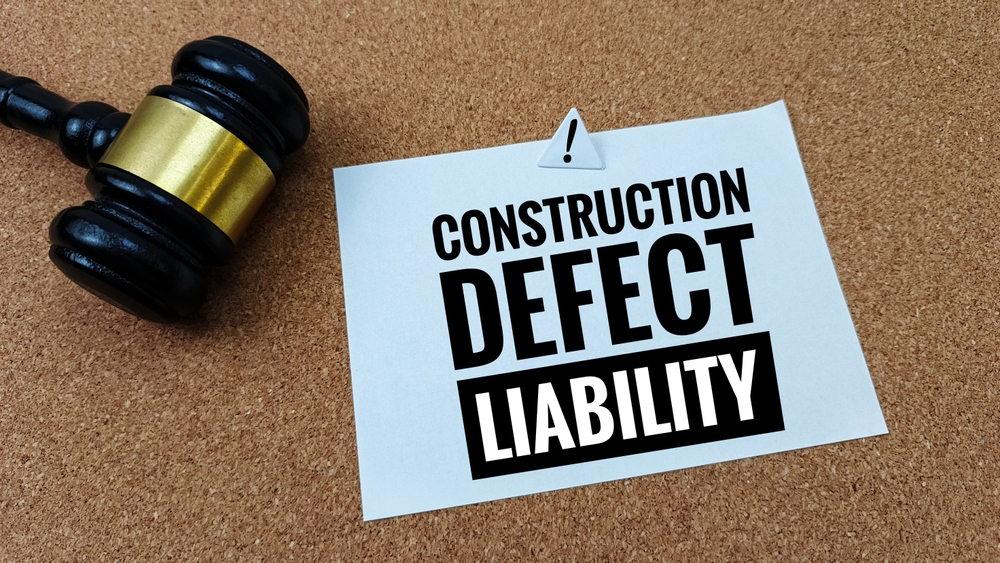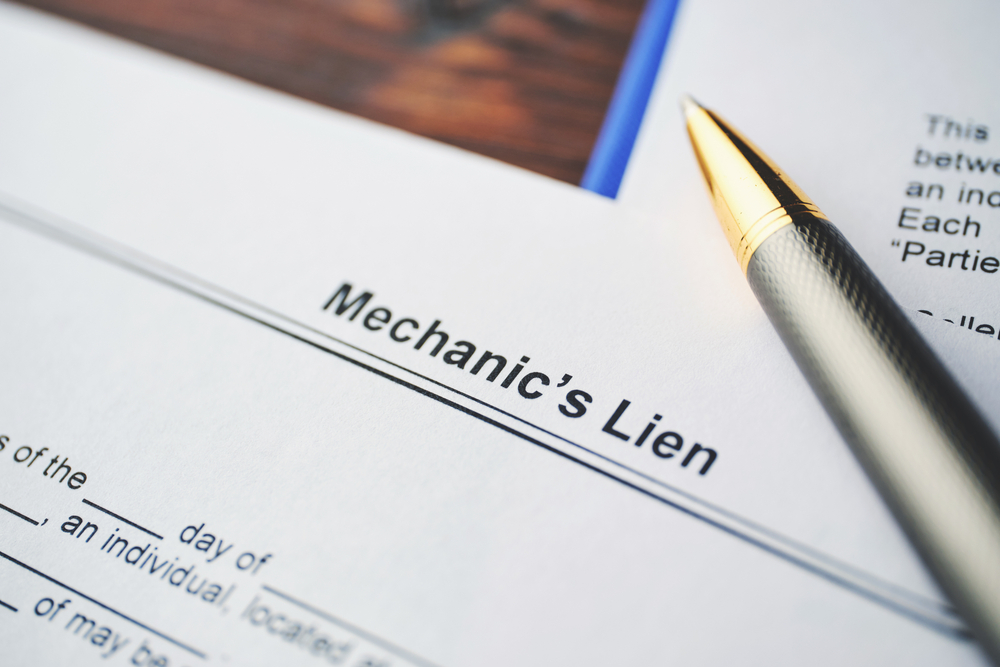

Payment delays can jeopardize the financial health of subcontractors and suppliers, leading to stress and cash flow issues. While it’s not always possible to predict which clients may delay payment, having a consistent collection strategy in place can significantly increase your chances of getting paid without prolonged disputes. This guide walks you through the steps you can take when dealing with a general contractor who hasn’t paid your invoice.
The best way to prevent payment issues is to be proactive. A well-defined collection strategy eliminates uncertainty and ensures you have a plan to follow if problems arise. Ideally, this strategy should outline steps to take once an invoice becomes overdue and include clear timelines for action.
A proactive approach ensures two things:
Your strategy doesn’t need to be complex, but it should be consistent. Whether it’s as simple as weekly follow-up calls or a detailed escalation process, sticking to a plan increases the probability of receiving payment.
Once an invoice is 30 to 45 days overdue, it’s time to start making phone calls. Directly contacting the general contractor can often clarify the situation. During these conversations:
For example, you could say, “I understand there may be processing delays, but I do need payment by XX date to keep things on track. If that doesn’t happen, the next step will be sending an intent to lien notice in compliance with state requirements.”
Keeping the conversation professional and non-confrontational while emphasizing your payment expectations lays the foundation for further escalation if necessary.
If your invoice is still unpaid by the deadline established during your follow-ups (typically no more than 60 to 75 days after the invoice date), the next step is sending an intent to lien letter. Our mechanic’s liens attorneys can help ensure your intent to lien notice is properly drafted and compliant with state requirements.
The intent to lien letter serves as a formal warning to the general contractor that you will notify the project owner of nonpayment if the issue isn’t resolved. While not all states require an intent to lien, this step has several benefits:
Most importantly, sending your intent to lien letter sooner rather than later is crucial. If you wait too long, the likelihood of getting paid decreases, as other priorities may take precedence over your claim. Remember, there’s no penalty for sending a notice even if your state doesn’t mandate it.
If payment hasn’t been made within 15 to 30 days of your intent to lien notice, it’s time to file a lien. A lien places a legal claim on the property where the work or materials were provided. This is one of the most effective ways to secure payment because most construction projects, especially new builds, involve financing that prohibits unsettled liens at closing. Contractors often clear liens quickly to avoid delays in the payment and project wrap-up processes.
When filing a lien:
Working with experienced construction lien specialists can help you navigate these complex requirements and avoid costly filing errors.
Timing is critical in lien cases. Missing filing deadlines in your state can cost you this vital leverage and leave you without legal recourse, so act promptly.
If filing a lien still doesn’t result in payment, the final step is to file a lawsuit to foreclose on the lien. However, initiating legal action requires careful consideration:
It’s worth noting that unresolved liens usually must be cleared before a project’s financing can close. General contractors typically prefer to settle these disputes rather than face potential project delays or fines.
Every state has unique lien laws that govern timelines, intent requirements, and eligibility. What works in one state might not work in another, so it’s essential to tailor your collection strategy to comply with local regulations. Research your state’s lien processes thoroughly, and if needed, consult a qualified attorney to ensure your actions follow the law.
Dealing with unpaid invoices is challenging, but a proactive and consistent strategy makes the process more manageable. Start with clear timelines for follow-ups, act quickly when payment is delayed, and use tools like intent to lien notices and liens themselves as leverage to secure your payment. If you need professional assistance with construction debt collection, our team can handle the entire process for you.
Remember that each step in your collection strategy builds on the last, reinforcing your commitment to resolving the issue. By acting swiftly and staying persistent, you increase your chances of getting paid without disrupting your business operations.
And finally, always stay informed about your state’s lien laws—they can make all the difference when navigating payment disputes. Don’t hesitate to give us a call if you need help or have any questions.
Karalynn Cromeens is the Owner and Managing Partner of The Cromeens Law Firm, PLLC, with over 17 years of experience in construction, real estate, and business law. A published author and passionate advocate for contractors, she has dedicated her career to protecting the businesses her clients have built. Karalynn is on a mission to educate subcontractors on their legal rights, which inspired her books Quit Getting Screwed and Quit Getting Stiffed, as well as her podcast and The Subcontractor Institute.

